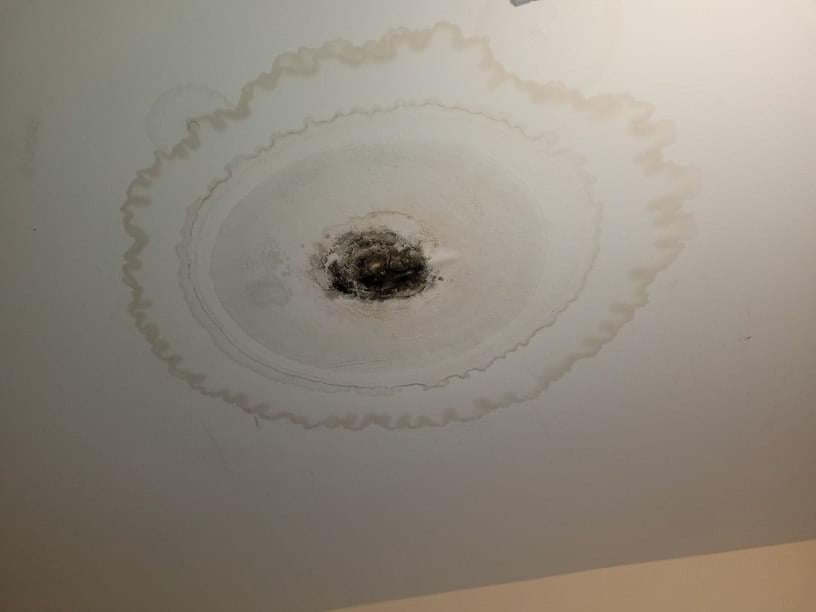Overview To Water Leakage Discovery At Home
Overview To Water Leakage Discovery At Home
Blog Article
This article following next in relation to Hacks to detect leaks is definitely engaging. Don't skip it.

Early detection of leaking water lines can minimize a prospective calamity. Some tiny water leakages may not be noticeable.
1. Examine the Water Meter
Every residence has a water meter. Examining it is a guaranteed manner in which assists you discover leakages. For starters, switch off all the water resources. Guarantee no person will flush, make use of the tap, shower, run the washing maker or dishwasher. From there, most likely to the meter and watch if it will certainly change. Since nobody is using it, there need to be no movements. If it relocates, that indicates a fast-moving leakage. If you discover no adjustments, wait an hour or two and also check back once more. This indicates you may have a slow-moving leakage that might also be below ground.
2. Examine Water Usage
Analyze your water costs and track your water intake. As the one paying it, you need to observe if there are any kind of inconsistencies. If you identify sudden changes, in spite of your consumption being the same, it implies that you have leakages in your plumbing system. Bear in mind, your water costs need to drop under the very same variety monthly. A sudden spike in your expense indicates a fast-moving leak.
Meanwhile, a stable rise monthly, even with the exact same behaviors, reveals you have a slow leak that's also gradually escalating. Call a plumber to extensively examine your building, especially if you really feel a warm area on your flooring with piping beneath.
3. Do a Food Coloring Test
When it comes to water consumption, 30% comes from commodes. If the shade in some way infiltrates your bowl throughout that time without flushing, there's a leakage in between the storage tank and dish.
4. Asses Outside Lines
Don't forget to examine your outdoor water lines as well. Needs to water leak out of the link, you have a loose rubber gasket. One little leak can lose lots of water as well as spike your water bill.
5. Evaluate and also Assess the Scenario
House owners should make it a routine to inspect under the sink counters and even inside cupboards for any bad odor or mold and mildew development. These 2 red flags indicate a leak so timely attention is needed. Doing routine evaluations, even bi-annually, can conserve you from a major issue.
Inspect for discolorations as well as damaging as most home appliances and pipelines have a life expectancy. If you believe dripping water lines in your plumbing system, do not wait for it to intensify.
Early discovery of leaking water lines can mitigate a possible catastrophe. Some little water leaks might not be visible. Examining it is a guaranteed means that assists you uncover leaks. One little leak can waste tons of water and surge your water bill.
If you suspect dripping water lines in your plumbing system, do not wait for it to intensify.
WARNING SIGNS OF WATER LEAKAGE BEHIND THE WALL
PERSISTENT MUSTY ODORS
As water slowly drips from a leaky pipe inside the wall, flooring and sheetrock stay damp and develop an odor similar to wet cardboard. It generates a musty smell that can help you find hidden leaks.
MOLD IN UNUSUAL AREAS
Mold usually grows in wet areas like kitchens, baths and laundry rooms. If you spot the stuff on walls or baseboards in other rooms of the house, it’s a good indicator of undetected water leaks.
STAINS THAT GROW
When mold thrives around a leaky pipe, it sometimes takes hold on the inside surface of the affected wall. A growing stain on otherwise clean sheetrock is often your sign of a hidden plumbing problem.
PEELING OR BUBBLING WALLPAPER / PAINT
This clue is easy to miss in rooms that don’t get much use. When you see wallpaper separating along seams or paint bubbling or flaking off the wall, blame sheetrock that stays wet because of an undetected leak.
BUCKLED CEILINGS AND STAINED FLOORS
If ceilings or floors in bathrooms, kitchens or laundry areas develop structural problems, don’t rule out constant damp inside the walls. Wet sheetrock can affect adjacent framing, flooring and ceilings.
https://www.servicemasterbyzaba.com/blog/how-to-detect-water-leakage-in-walls/

I stumbled upon that blog entry about Finding hidden leaks while doing a search on the web. So long as you liked our blog posting kindly be sure to share it. Thanks so much for taking the time to read it.
Report this page